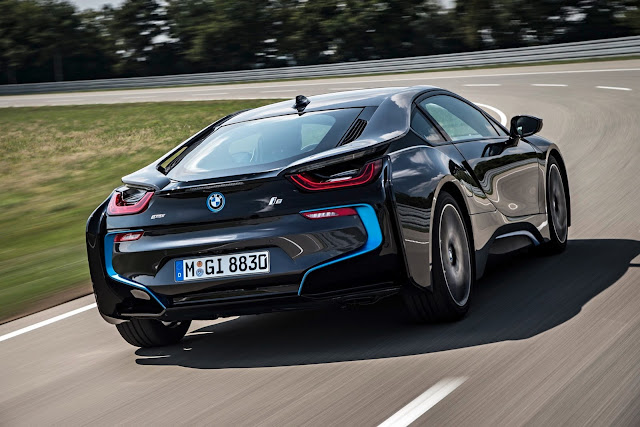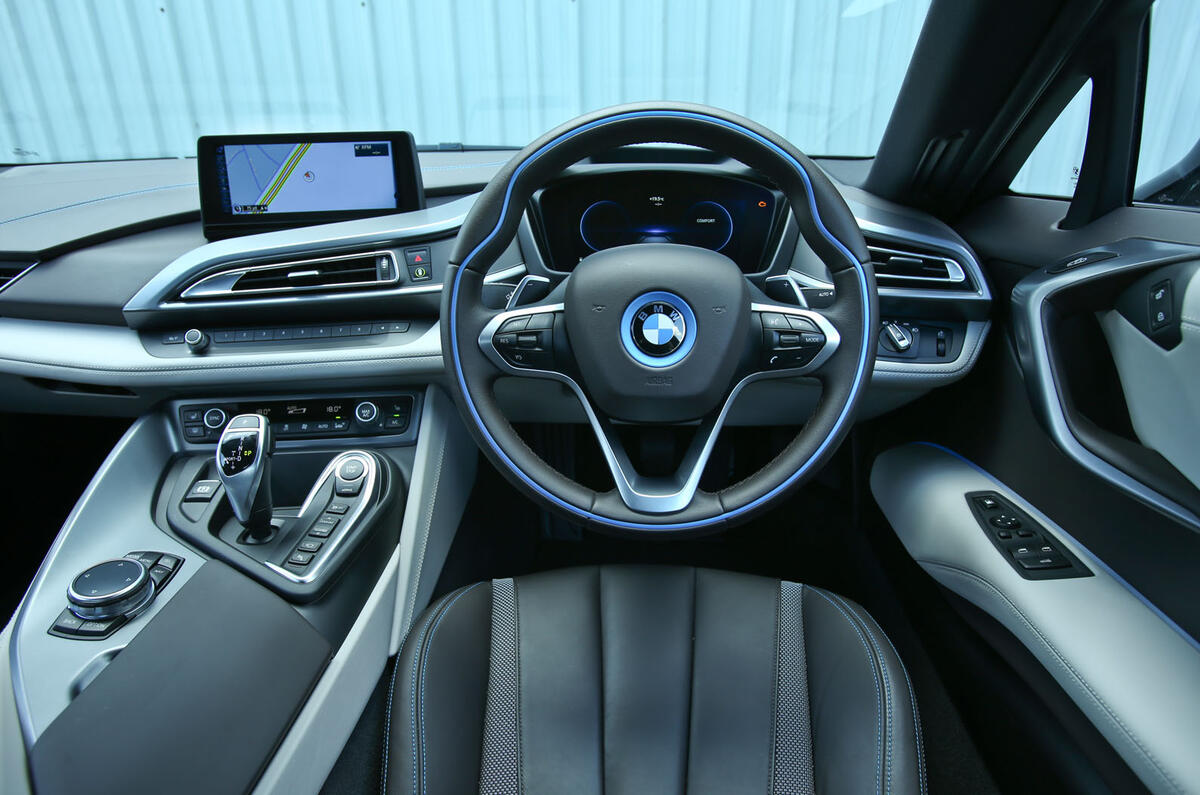The Lexus CT 200h is a compact five-door hatchback hybrid in
a class almost by itself.
With the CT 200h, Lexus has adapted some of Toyota's
gas-electric drivetrain technology from the evergreen Toyota Prius, but infused
it with a personality that's not as dowdy as the all-business Toyota. The Lexus
is meant to attract younger and greener new buyers into the brand's
showrooms—from both Generation X and Generation Y—and does so in part by
injecting some fun into Toyota's standard hybrid equation.
The CT 200h was the only such vehicle sold in the States—at
least until the Audi A3 e-tron arrived in 2016. Rivals are few, what with the
CT's hybrid powertrain and hatch shape, but shoppers would do well to compare
other alternative-drivetrain vehicles such as the Audi A3 e-tron or the Ford
C-Max Hybrid or Energi plug-in hybrid.
Changes for 2017, possibly its last year before an entirely
redesign lineup is launched, are confined to three new paint colors.
The CT arrived while the slow-selling and unloved HS 250h
sedan, the first dedicated hybrid from Lexus, was still on the market. Now that
the HS is no longer sold, the CT is the brand's sole hybrid-only offering. Most
other Lexus models do offer a hybrid option, however.
The unexpected aspect of the CT hatchback is that it is also
one of the more entertaining Lexus models to drive. The Lexus CT is powered by
the same 98-horsepower, 1.8-liter inline-4 and twin motor-generators that are
used in the Toyota Prius; altogether, the powertrain can provide a peak of 134
hp. While that figure isn't terribly thrilling, the fact that the CT is smaller
than the Prius helps it move with some added verve, while a sportier control
calibration works in the Lexus's favor as well.
The nickel-metal-hydride battery pack that delivers
electricity to the motor is located behind the rear seat and under the load
deck, somewhat reducing cargo capacity. With the CT's already-squat roofline,
that makes the load bay remarkably shallow—there's less than a foot of height
below the rollout security cover. Another example of utility given up for the
sake of style.
Among small hybrids, the CT 200h is fairly sporty. Three
selectable driving modes are available: Eco is almost painfully slow; Normal
reacts like a normal hybrid; and Sport makes the experience much more
interesting at the expense of some fuel economy. Sport affects the powertrain
along with the steering weight and throttle mapping, while also providing more
help from the electric motor under acceleration. When Sport is selected, the
blue power gauge transforms into a red tachometer as Lexus's way of making the
mode a little more special, bringing what the driver sees as most important at
the time to the front.
The CT's lines are unique. It sits squarely on the street,
with slab sides and thick roof pillars, giving it an interesting, slightly
sporty stance. In the end, its lines say it's a standard, somewhat squat
five-door hatchback—meaning it not only goes unnoticed on the street, but is
hardly recognizable as a Lexus. Inside, the cabin is wide and surprisingly
roomy, though all passengers sit low—especially on the short seat cushion in
the rear—and the view out the slit of a rear window is minimal.
The CT 200h has a healthy list of standard equipment,
although it doesn't quite have the feeling of effortless luxury that the larger
Lexus vehicles carry. All CTs come with keyless ignition, iPod/USB integration,
hands-free calling and audio streaming over Bluetooth, and satellite radio
functionality. Options include LED headlights and rain-sensing windshield
wipers, and dealers offer a host of F Sport appearance- and
performance-enhancing parts.
The CT 200h has changed very little since its launch. The
base price of a Lexus CT is around $30,000, but a heavy hand on the lengthy
options list—especially in the electronics and safety area—can put stickers as
high as $40,000. For 2015, the CT adds Siri Eyes Free capability and an updated
Lexus infotainment system with an
improved control interface.
The CT 200h excels at fuel economy and has the figures to
back it up. The Lexus CT 200h manages 43 mpg city, 40 highway, 42 combined,
according to the EPA.















